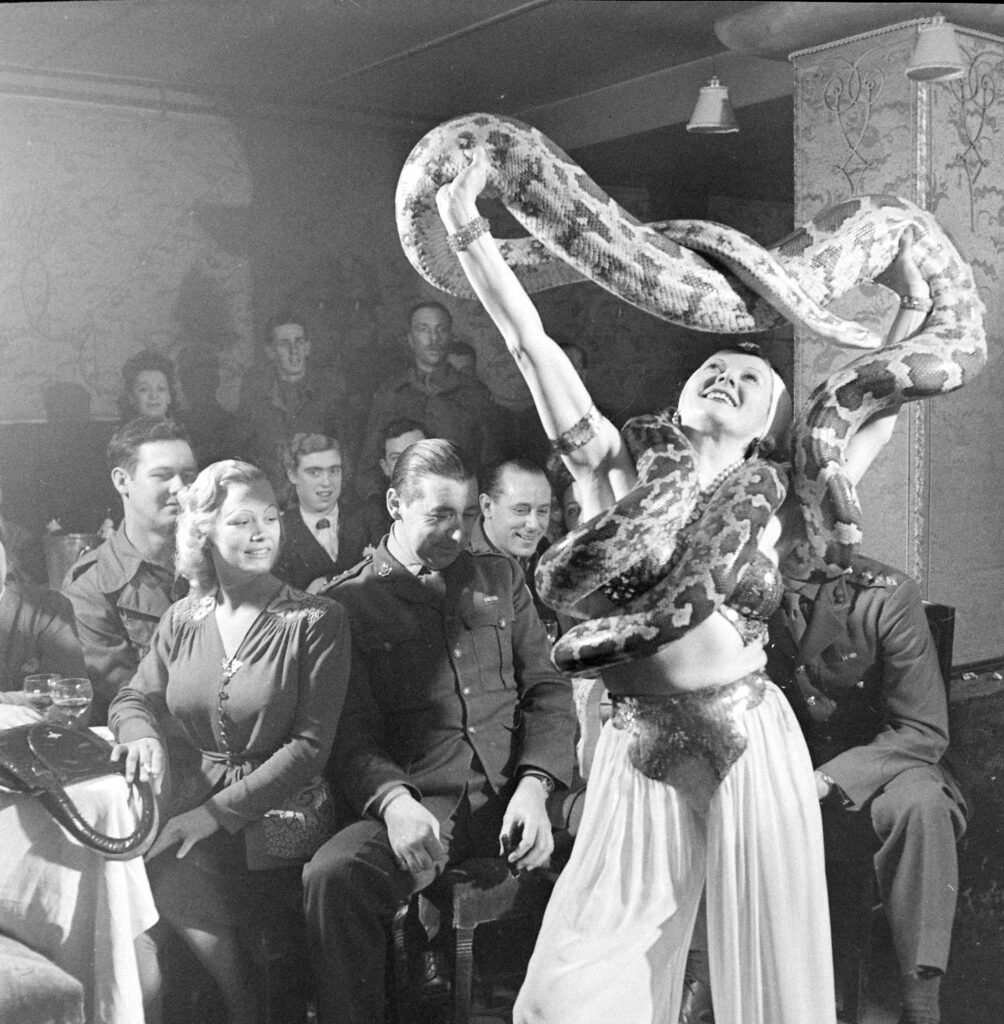John Wayne embodied a particular kind of American hero. In 1969, in the wake of what LIFE called a “splendid performance” in True Grit, the magazine examined the life of the American icon and reminded readers that, even though the world was changing rapidly, John Wayne was not.
After all, it was a time when audiences could also opt for a newer kind of star (exemplified in Dustin Hoffman, who shared the magazine’s cover with the Western icon). But John Wayne was still making Westerns, still riding horses, still holding onto his vision of right and wrong.
“Writers have a tendency to make me rough and tough, as if I’m ready to punch someone any minute,” the 62-year-old star told LIFE. “I’m not. I haven’t had a fight in many a year. I do see myself as pretty rough, even cruel on occasion, but never mean, never small, never petty.”
In fact, he wouldn’t even take a part to play a character whom he saw as mean or dishonest. If he was going to kill a man on screen, it had to be for a good narrative reason. Though he rued having once said that he didn’t need to act to do his job (the statement was poorly phrased, he explained to the magazine) it was also clearly the case that the John Wayne audiences still loved to watch on screen was, in many ways, the same man LIFE’s cameras captured on set and with his family.
“The reason I hate age,” he said, “is that I love this work so much.”

John Wayne during filming of the western movie “The Undefeated.”
John Dominis The LIFE Picture Collection/Shutterstock

John Wayne said that while his screen portrayals are comfortingly alike, not all represent his true self.
John Dominis The LIFE Picture Collection/Shutterstock

John Wayne during filming of “The Undefeated.”
John Dominis The LIFE Picture Collection/Shutterstock

John Wayne during filming of “The Undefeated.”
John Dominis The LIFE Picture Collection/Shutterstock

John Wayne during filming of “The Undefeated.”
John Dominis The LIFE Picture Collection/Shutterstock

John Wayne and his moviemaking trophies and awards.
John Dominis The LIFE Picture Collection/Shutterstock

John Wayne at home with his son Ethan.
John Dominis The LIFE Picture Collection/Shutterstock

The three youngest of Wayne’s seven children—John Ethan, 7; Marisa, 3; Aissa, 13—share the spotlight with Wayne and Pilar, his third wife.”
John Dominis The LIFE Picture Collection/Shutterstock

John Wayne during filming of “The Undefeated.”
John Dominis The LIFE Picture Collection/Shutterstock

Horses from “The Undefeated.”
John Dominis The LIFE Picture Collection/Shutterstock

John Wayne during filming of “The Undefeated.”
John Dominis The LIFE Picture Collection/Shutterstock

Off camera Wayne went on horseback to survey the 20,000-acre cattle spread near Phoenix in which he was a partner. `I was broke in 1960,” he said to LIFE. “Now I manage my own money.”
John Dominis The LIFE Picture Collection/Shutterstock

On the set of “The Undefeated” Wayne, surrounded by extras.
John Dominis The LIFE Picture Collection/Shutterstock

The backrub eased the pain of a shoulder separation suffered in a fall from a horse when his saddle slipped.
John Dominis The LIFE Picture Collection/Shutterstock

John Wayne on the set of “The Undefeated.”
John Dominis The LIFE Picture Collection/Shutterstock

Wayne slept in the custom-built trailer that followed him from location to location. “The only reason I hate age,’ he said, “is that I love this work so much.”
John Dominis The LIFE Picture Collection/Shutterstock






























































































